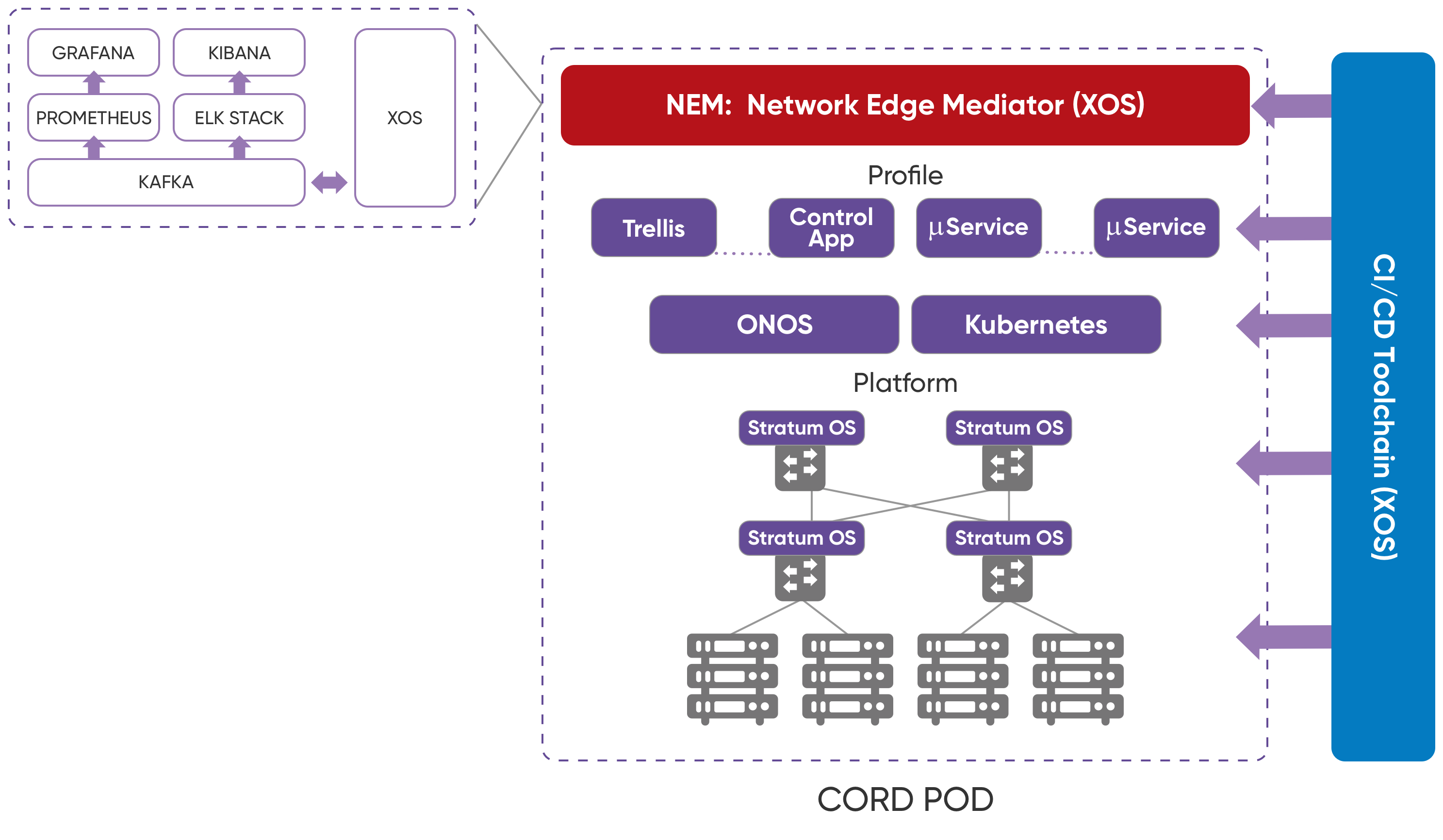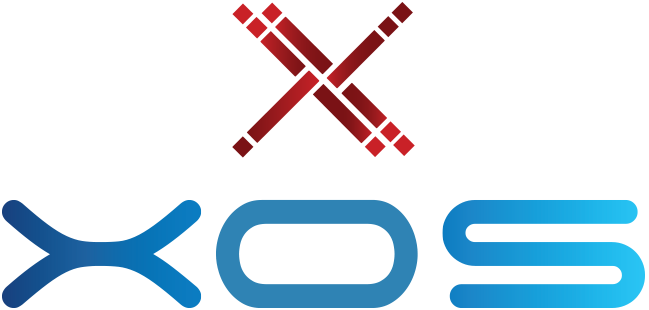
XOS is a model-based platform for assembling, controlling, and composing services. It defines a service control plane that is layered on top of a diverse collection of back-end service implementations, including VM-hosted VNFs, container-based micro-services, and SDN-based control programs that embed functionality in white-box switches.
XOS is designed around the principle of Everything-as-a-Services (XaaS), making it an integral part of CORD™(Central Office Re-architected as a Datacenter).
The CORD platform leverages SDN, NFV and Cloud technologies to build agile data centers for the network edge. Integrating multiple open source projects, CORD delivers a cloud-native, open, programmable, agile platform for network operators to create innovative services.
XOS defines CORD’s architecture programmatically, with a set of models and invariants serving as a specification of the architecture, plus a generative toolchain that translates the declarative specification into executable code.
Moreover, as operators and developers gain experience with CORD, they are able to codify that experience in the models and invariants, making it possible to evolve the architecture over time.
Use cases of XOS include CORD, a platform that combines NFV, SDN, and the elasticity of commodity clouds to bring datacenter economics and cloud agility to the Telco Central Office
XOS Plays a Central Role Operationalizing CORD
XOS is at the core of both the Continuous Integration / Continuous Deployment (CI/CD) Toolchain used in the Lifecycle Management of CORD, and of the Network Edge Mediator (NEM) used for Zero-Touch Operation of CORD. XOS assembles the following subsystems into an operational system:
- Platform: The Platform layer consists of ONOS, XOS, Kafka, and collection of Logging and Monitoring micro-services, all running on a Kubernetes foundation. The platform is common to all Profiles.
- Profile: Each unique CORD configuration is defined by a Profile. It consists of a set of services, both cloud native and SDN based, integrated with a coherent Northbound O&M Interface. SEBA and COMAC are example Profiles.
- Workflow: A Profile typically includes a workflow, which defines the business logic and state machine for one of the access technologies contained in the Profile. A workflow customizes a Profile for an operator’s target deployment environment.
XOS Resources
Community



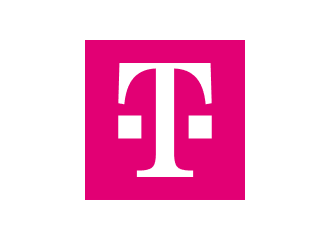

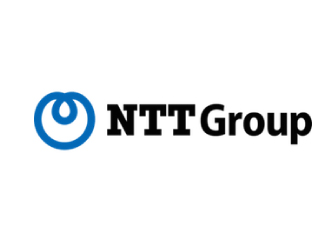

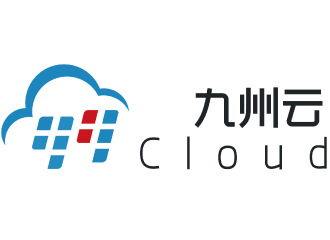
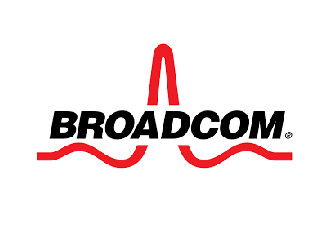
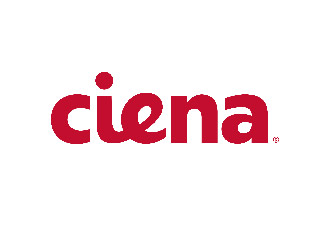
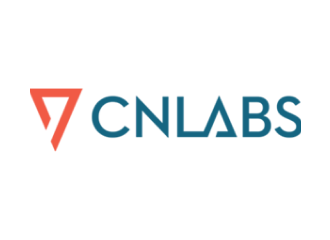
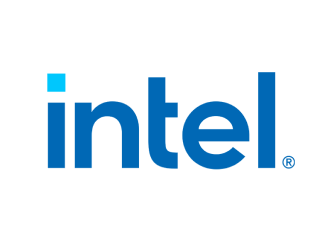

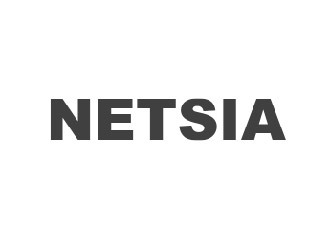
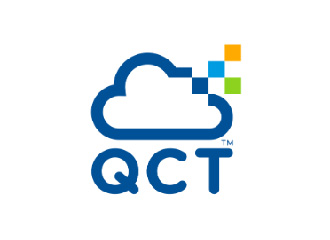

LEARN MORE

